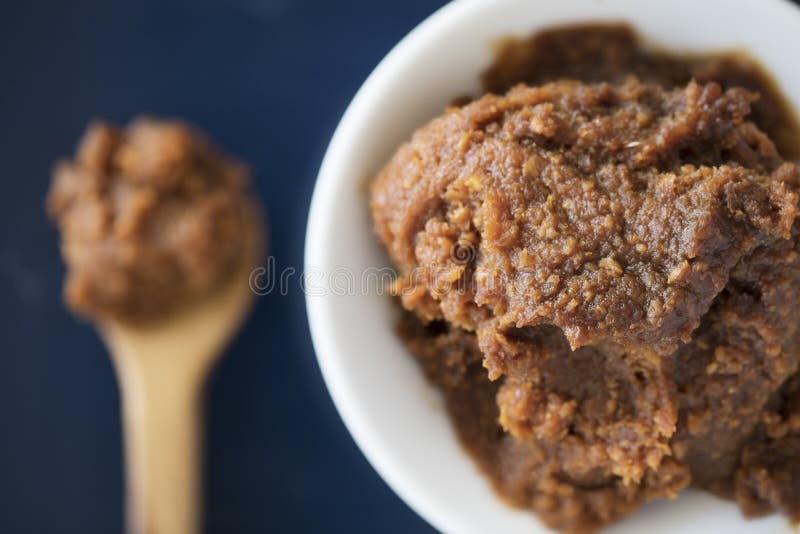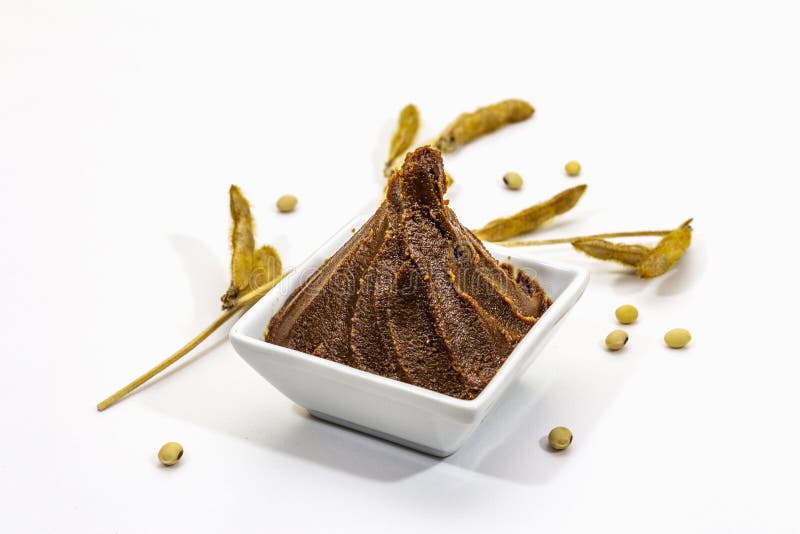
Hatcho miso and balsamic?īefore you broil, pan sear, or grill, use miso to marinate your fish or meat. Depending on the salad you’re going for and the type of miso you’re using, you may find other vinegars work well too. Miso is great with acids like rice vinegar or citrus juice, but its malty notes can also be great with apple cider vinegar. Pound and mash nuts or seeds in a mortar and pestle with a generous scoop of miso, mix with a little bit of rice vinegar until creamy, then toss it through or drizzle it on top. Make kurumi-ae (walnuts) or goma-ae (sesame), a nutty dressing for simply steamed greens. Vegetables tossed in a sauce like this get even better if they’ve mellowed in the fridge for an hour before serving. Thin the miso with sake, mirin, dashi, or citrus juice (or a combination!) to a desired sauce thickness and add any additional bright or hot notes like chile or citrus zest, then drizzle it on. Make a sauce for simple steamed, grilled, or roasted ingredients, whether that’s fish, tofu, or vegetables (it’s especially good with charred shisito peppers). “When I make miso soup, I always blend two kinds of miso-it brings more depth and layers of flavor without adding anything different,” says Moore. You may find that you like intense red miso with big-flavored ingredients, while delicate white miso won’t mask nuance. In this way, miso is once again a bit like wine-you can think of the same bottle as red, light-bodied, pinot noir, or Burgundy.Īs you get to know your tastes, play around with personalizing miso blends to tailor the saltiness and flavor to your mood and what you’re making. And beyond these categories, you may also encounter miso described by its texture, from ultra smooth to chunky country-style (inaka) miso, and of course by regional names, like Saikyo and Hatcho. Keep in mind that color, koji, and saltiness are not mutually exclusive-a miso may be a red miso and a mame miso, for example. That said, while miso can safely last a long time in the fridge, it will begin to oxidize and change flavor after several months. In general, the longer the fermentation, the saltier the miso-and the longer its fridge life. Most miso falls between five and twelve percent salt by weight, so even sweet miso is salty to taste. Then there’s sweet (ama), amakuchi (mild), and karakuchi (salty). “Because there are so many kinds, and every person has a different taste, you have to choose what’s good for your palate,” Moore says.

If you’re new to miso, you may need to buy some that you don’t end up loving, at least at first, before you figure out your preferences. That said, while it’s worth seeking out miso without additives for the complex flavors and probiotic health benefits, a lot of grocery store miso does the job fine, especially if you plan to cook it for more than a minute (cooking for long periods kills the probiotics and removes some nuance anyway).

If there’s more than that listed, it’s probably not high quality. Some labels will also list alcohol, which may be added for flavor or be a natural byproduct of fermentation. For quality miso, a good rule of thumb is to look for ingredient labels that list only water, soybeans, koji grain, and salt. Often, mass market miso rely on commercial koji and accelerated fermentation, along with flavor additives, so they can be more one-note (much like the difference between a low-intervention ‘natural’ wine versus mass-produced bottles). And this isn’t exactly a continuous spectrum: Aichi prefecture, where Nagoya is located, is known for its almost black Hatcho miso, while nearby Kyoto prefecture is known for very light Saikyo miso. I’m originally from an area near Kyoto, and what my mom would make is probably very sweet for people from Tokyo.”īecause of its centuries-long history in Japan, miso has developed into distinct regional styles with diverse flavors and colors-from intense dark reddish brown in the coldest, northern prefectures, to mild and pale in the warmer south. “What you think is a ‘classic’ miso soup depends on where you come from. “It depends on the climate,” says Ai Fujimoto of Omiso, a small-batch miso maker in LA known for its miso-dama, or ready-made miso soup balls, inspired by Southern California’s produce. You get to learn about where they’re from.”

“When I meet somebody from a different region, we always start talking about what kinds of miso soup they make,” says Naoko Takei Moore, an LA-based cookbook author who also sells artisanal miso in her donabe store, Toiro.


 0 kommentar(er)
0 kommentar(er)
